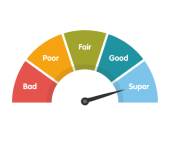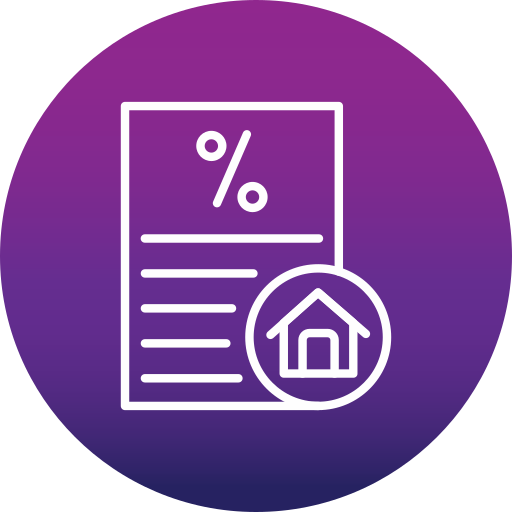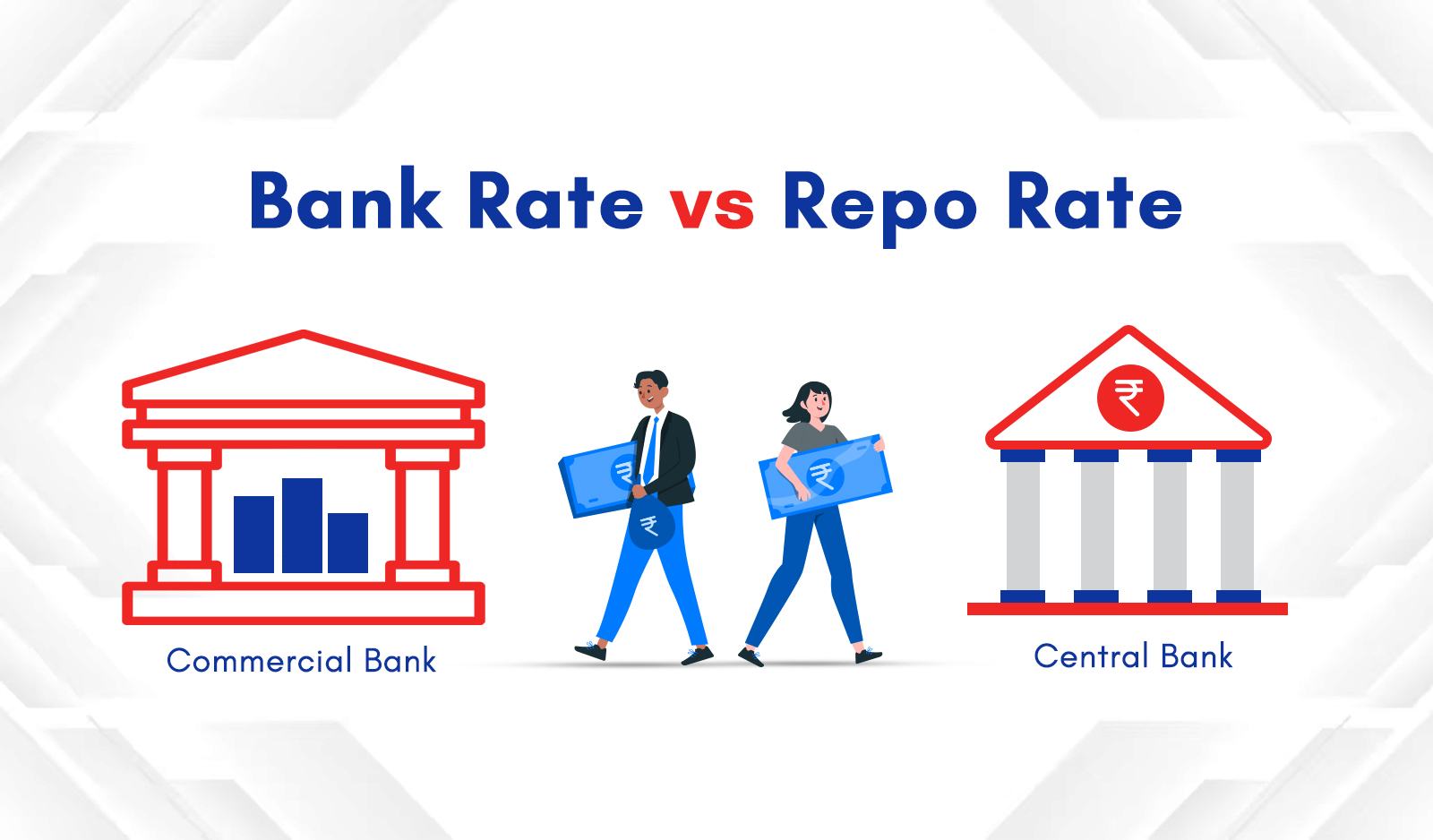Special Offers




Special Offers




18-Jun-2024 | Home Loan

In the Indian financial landscape, two critical terms often emerge when discussing monetary policy: the Bank Rate and the Repo Rate. Both rates are key tools used by the Reserve Bank of India (RBI) to regulate the economy, but they serve different functions and have distinct implications. Understanding these rates is essential for understanding how monetary policy influences the broader economy in India.
The Bank Rate is the interest rate at which the Reserve Bank of India (RBI) lends money to domestic banks for long-term loans like home loan. It is a fundamental tool used to control the supply of money in the economy and manage inflation. Changes in the Bank Rate can influence the rates that commercial banks charge their customers, impacting borrowing and spending patterns.
The Bank Rate is primarily used to control inflation and stabilise the economy. By raising the Bank Rate, the RBI can make borrowing more expensive, thereby reducing spending and curbing inflation. Conversely, lowering the Bank Rate makes borrowing cheaper, encouraging spending and investment, which can help stimulate economic growth during periods of recession.
Changes in the Bank Rate directly affect the interest rates that commercial banks offer to their customers. A higher Bank Rate leads to higher interest rates on loans and mortgages, making borrowing more expensive. This can slow down consumer spending and business investment, helping to control inflation.
The Bank Rate is typically associated with long-term loans rather than short-term borrowing. It serves as a benchmark for long-term interest rates in the economy.
The Repo Rate, or Repurchase Rate, is the rate at which the RBI lends short-term money to commercial banks against securities. In essence, it is a repurchase agreement where banks sell government securities to the RBI with an agreement to repurchase them at a future date at a predetermined price. The Repo Rate is a critical tool for managing short-term liquidity in the banking system.
The Repo Rate is primarily used to manage short-term liquidity in the financial system. By adjusting the Repo Rate, the RBI can influence the amount of money available for banks to lend, ensuring stability in the financial markets.
Similar to the Bank Rate, the Repo Rate is used to control inflation. By increasing the Repo Rate, borrowing costs for banks rise, which can reduce the money supply in the economy and help control inflation. Conversely, lowering the Repo Rate makes borrowing cheaper for banks, increasing the money supply and stimulating economic activity.
The Repo Rate is associated with short-term borrowing, typically overnight or for a few days. It is a crucial rate for managing day-to-day liquidity needs of commercial banks.
While both the Bank Rate and Repo Rate are tools used by the RBI to influence the economy, they have several key differences:
Bank Rate: Used for long-term loans.
Repo Rate: Used for short-term borrowing.
Bank Rate: The RBI directly lends money to commercial banks without any collateral.
Repo Rate: The RBI lends money to commercial banks against the collateral of government securities.
Bank Rate: Aims to control long-term inflation and stabilise the economy.
Repo Rate: Focuses on managing short-term liquidity and ensuring stability in the financial system.
Bank Rate: Tends to be changed less frequently as it impacts long-term economic trends.
Repo Rate: Can be adjusted more frequently to address immediate liquidity needs.
Bank Rate: Influences long-term interest rates and overall economic growth.
Repo Rate: Has a more immediate impact on short-term interest rates and banking liquidity.
Cost of Borrowing: Changes in the Bank Rate and Repo Rate affect the cost at which banks can borrow money from the RBI. An increase in these rates means higher borrowing costs for banks, which they often pass on to consumers in the form of higher interest rates on loans and mortgages.
Liquidity Management: Banks rely on the Repo Rate for managing their short-term liquidity needs. A lower Repo Rate means cheaper short-term borrowing, which can help banks manage their day-to-day operations more efficiently.
Investment Decisions: The rates influence the banks' decisions regarding lending and investment. Higher rates may lead to more cautious lending practices, while lower rates can encourage banks to lend more freely.
Loan and Mortgage Rates: When the Bank Rate or Repo Rate increases, consumers can expect higher interest rates on loans and mortgages. This makes borrowing more expensive and can reduce spending and investment.
Savings and Investments: Higher interest rates can benefit savers by providing better returns on deposits and fixed-income investments. Conversely, lower rates may reduce the returns on savings, encouraging consumers to spend or invest in higher-risk assets.
Overall Spending: Changes in these rates can influence consumer confidence and spending. Higher rates may lead to reduced spending as borrowing costs rise, while lower rates can stimulate spending by making credit more affordable.
The use of the Bank Rate and Repo Rate as monetary policy tools has evolved over time in India. Historically, the RBI has adjusted these rates in response to economic conditions such as inflation, recession, and financial crises. For example, during the global financial crisis of 2008, the RBI significantly lowered the Repo Rate to inject liquidity into the banking system and stimulate economic activity.
In recent years, the RBI has frequently used the Repo Rate to manage the economic fallout from global events such as the COVID-19 pandemic. By lowering the Repo Rate, the RBI aimed to make borrowing cheaper, stimulate economic activity, and provide relief to businesses and consumers affected by the pandemic. Conversely, when inflationary pressures rise, the RBI tends to increase the Repo Rate to control inflation and stabilise the economy.
Understanding the Bank Rate and Repo Rate is crucial for understanding how the Reserve Bank of India influences the economy. While both rates are important tools in monetary policy, they serve different purposes and impact the economy in distinct ways. The Bank Rate primarily deals with long-term loans and overall economic stability, while the Repo Rate focuses on short-term liquidity and immediate monetary conditions. By adjusting these rates, the RBI can control inflation, manage economic growth, and ensure financial stability.
For banks, these rates dictate the cost of borrowing and influence their lending and investment decisions. For consumers, changes in these rates affect loan and mortgage costs, savings returns, and overall spending power.
In the context of India, the application and impact of these rates can vary, but the fundamental principles remain the same. The RBI uses these tools to navigate complex economic challenges, aiming to maintain stability and foster growth. Whether you're a banker, investor, or consumer, understanding the nuances of the Bank Rate and Repo Rate is essential for navigating the financial world in India.